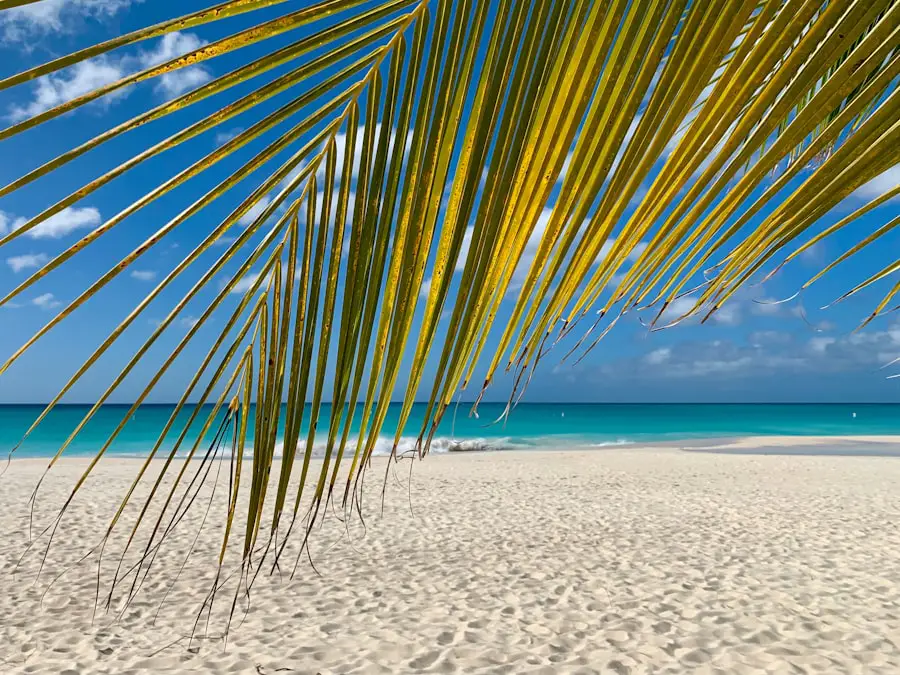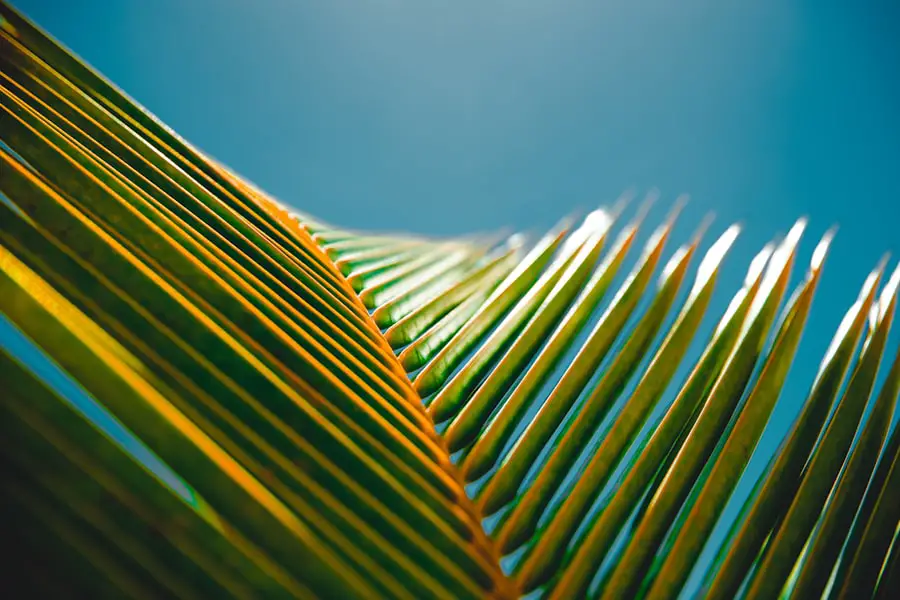Fiji, an archipelago of over 300 islands in the South Pacific, is renowned for its stunning natural beauty, vibrant culture, and warm hospitality. The climate in Fiji is predominantly tropical, characterized by warm temperatures and high humidity throughout the year. This tropical climate is influenced by the surrounding ocean, which moderates temperatures and contributes to the lush vegetation that the islands are famous for.
The weather patterns in Fiji can be broadly categorized into two main seasons: the dry season and the wet season. Understanding these climatic variations is essential for travelers looking to experience the best of what Fiji has to offer. The dry season, which spans from May to October, is often considered the peak tourist season due to its pleasant weather conditions.
During this time, visitors can expect lower humidity levels, minimal rainfall, and plenty of sunshine, making it ideal for outdoor activities and beach excursions. Conversely, the wet season, from November to April, brings higher humidity and increased rainfall, particularly in the form of tropical showers. While this period may deter some travelers, it also offers unique opportunities to experience Fiji’s lush landscapes and vibrant flora.
Each season presents its own set of advantages and challenges, making it crucial for potential visitors to consider their preferences when planning a trip.
Key Takeaways
- Fiji has a tropical climate with warm temperatures and high humidity year-round, making it an ideal destination for beach lovers and water sports enthusiasts.
- The peak season in Fiji is from May to October, offering dry and sunny weather, perfect for outdoor activities and beach relaxation.
- The shoulder season in Fiji is from November to April, characterized by occasional rain showers and higher humidity, but also lower prices and fewer crowds.
- Fiji experiences a wet season from November to April, with heavy rainfall and the possibility of tropical cyclones, while the dry season from May to October brings cooler temperatures and less humidity.
- Fiji hosts various festivals and events throughout the year, including the Bula Festival in July and the Hibiscus Festival in August, offering visitors a chance to experience the local culture and traditions.
Peak Season: May to October
The peak season in Fiji runs from May to October, coinciding with the dry season. This period is characterized by comfortable temperatures averaging between 25°C to 30°C (77°F to 86°F) and significantly less rainfall compared to the rest of the year. The dry season is particularly appealing for tourists seeking sun-soaked beaches, crystal-clear waters, and a plethora of outdoor activities.
Popular destinations such as Nadi, Denarau Island, and the Mamanuca Islands see a surge in visitors during these months, as travelers flock to enjoy water sports like snorkeling, scuba diving, and surfing. In addition to favorable weather conditions, the peak season also aligns with various cultural events and festivals that showcase Fiji’s rich heritage. The vibrant atmosphere during this time enhances the overall travel experience, as visitors can immerse themselves in local traditions while enjoying the stunning natural surroundings.
However, it is essential to note that with increased tourist activity comes higher prices for accommodations and activities. Travelers planning a visit during this peak period should book their accommodations well in advance to secure the best options and avoid disappointment.
Shoulder Season: November to April

The shoulder season in Fiji occurs from November to April, encompassing both the wet season and the transition into the dry season. This period is marked by higher humidity levels and increased rainfall, particularly from December to March when tropical storms are more common. Despite these weather challenges, many travelers find that visiting during the shoulder season offers unique advantages.
For one, prices for accommodations and activities tend to be lower compared to the peak season, making it an attractive option for budget-conscious travelers. Moreover, the shoulder season provides an opportunity to experience Fiji’s lush landscapes at their most vibrant. The rain nourishes the islands’ flora, resulting in breathtaking scenery that is often less crowded than during peak months.
Visitors can explore hidden waterfalls, hike through verdant rainforests, and enjoy the tranquility of less populated beaches. Additionally, this time of year is ideal for those interested in experiencing local life and culture without the overwhelming presence of tourists. While there may be occasional rain showers, they often pass quickly, leaving behind clear skies and a refreshed environment.
Weather and Climate in Fiji
| Month | Average Temperature (°C) | Rainfall (mm) |
|---|---|---|
| January | 27 | 300 |
| February | 27 | 300 |
| March | 27 | 300 |
| April | 26 | 200 |
| May | 25 | 150 |
| June | 24 | 100 |
| July | 23 | 100 |
| August | 23 | 100 |
| September | 24 | 100 |
| October | 25 | 150 |
| November | 26 | 200 |
| December | 27 | 300 |
Fiji’s weather is primarily influenced by its tropical maritime climate, which results in warm temperatures year-round. The average temperature typically ranges from 20°C (68°F) at night to 30°C (86°F) during the day. Humidity levels can be high, particularly during the wet season when they often exceed 80%.
The islands experience two distinct seasons: a warm wet season from November to April and a cooler dry season from May to October. Rainfall varies significantly across different regions; for instance, the eastern islands tend to receive more precipitation than those in the west. The wet season is characterized by short but intense rain showers that usually occur in the afternoon or evening.
These downpours can be accompanied by thunderstorms but are often followed by clear skies. Cyclones can also occur during this period, particularly between January and March; however, they are relatively rare. On the other hand, the dry season offers stable weather conditions with plenty of sunshine and minimal rainfall.
This makes it an ideal time for outdoor activities such as hiking, snorkeling, and exploring Fiji’s diverse marine life.
Festivals and Events
Fiji’s cultural calendar is rich with festivals and events that reflect its diverse heritage and traditions. One of the most significant celebrations is Diwali, the Hindu festival of lights, which usually takes place in October or November. During this time, Fijians light oil lamps, decorate their homes with colorful rangoli designs, and partake in festive meals with family and friends.
The vibrant atmosphere during Diwali showcases Fiji’s multicultural society and offers visitors a unique glimpse into local customs. Another notable event is the Hibiscus Festival held annually in Suva during August. This week-long celebration features a variety of activities including parades, beauty pageants, cultural performances, and food stalls showcasing traditional Fijian cuisine.
The festival attracts both locals and tourists alike, creating a lively atmosphere filled with music and dance. Additionally, various sporting events such as rugby tournaments take place throughout the year, drawing large crowds and fostering a sense of community among Fijians.
Activities and Attractions

Fiji offers an abundance of activities and attractions that cater to a wide range of interests. For those seeking adventure on land or sea, options abound. Snorkeling and scuba diving are among the most popular activities due to Fiji’s rich marine biodiversity.
The Great Barrier Reef is home to an array of colorful coral reefs teeming with fish species that attract divers from around the globe. The Mamanuca Islands are particularly famous for their crystal-clear waters and vibrant underwater ecosystems. For land-based adventures, hiking enthusiasts can explore trails leading to stunning viewpoints or hidden waterfalls.
The Bouma National Heritage Park on Taveuni Island features several hiking trails that wind through lush rainforests and offer breathtaking views of waterfalls cascading into natural pools. Cultural experiences are also abundant; visitors can participate in traditional Fijian ceremonies such as kava drinking or attend a meke dance performance that showcases local storytelling through dance.
Budget and Crowds
Traveling to Fiji can vary significantly in cost depending on the time of year and type of experience desired. During peak season from May to October, prices for accommodations tend to rise sharply due to increased demand from tourists. Luxury resorts may charge premium rates for beachfront villas or overwater bungalows during this time.
Conversely, traveling during the shoulder season can yield substantial savings on lodging and activities as many resorts offer discounts or special packages to attract visitors. Crowd levels also fluctuate throughout the year; peak tourist months see bustling beaches and busy attractions while shoulder months provide a more tranquil experience. For those looking to avoid crowds while still enjoying favorable weather conditions, consider traveling during late April or early November when many tourists have yet to arrive or have already departed.
This strategy allows travelers to enjoy popular sites without long wait times or overcrowding.
Choosing the Best Time to Travel to Fiji
Selecting the best time to travel to Fiji ultimately depends on individual preferences regarding weather conditions, budget considerations, and desired experiences. The peak season from May to October offers ideal weather for outdoor activities but comes with higher prices and larger crowds. In contrast, visiting during the shoulder season from November to April provides opportunities for budget-friendly travel while allowing visitors to experience Fiji’s lush landscapes at their most vibrant.
Regardless of when one chooses to visit Fiji, it is essential to plan ahead by researching specific events or festivals that may enhance the travel experience. Whether it’s basking on sun-kissed beaches during peak season or exploring hidden gems amidst tropical rain showers in shoulder months, Fiji promises unforgettable memories for every traveler willing to embrace its unique charm.
If you are planning a trip to Fiji, you may want to consider bringing along the best travel fishing rod to make the most of the beautiful waters surrounding the islands. Fishing is a popular activity in Fiji, and having the right gear can enhance your experience. Additionally, a rechargeable hand warmer for travel could come in handy during the cooler months in Fiji, ensuring you stay comfortable while exploring the stunning landscapes. And don’t forget to pack the best carry-on luggage for international travel to make your journey to Fiji as smooth as possible. Check out these articles for more travel gear recommendations! Best Travel Fishing Rod, Rechargeable Hand Warmer for Travel, Best Carry-On Luggage for International Travel
FAQs
What is the best time to travel to Fiji?
The best time to travel to Fiji is during the dry season, which runs from May to October. This period offers the most comfortable weather with lower humidity and less rainfall.
What is the weather like in Fiji during the best time to travel?
During the dry season, the weather in Fiji is generally warm and sunny, with temperatures ranging from 77°F to 86°F (25°C to 30°C). There is also less chance of rainfall during this time.
Are there any specific events or festivals during the best time to travel to Fiji?
Yes, there are several events and festivals that take place during the dry season in Fiji, including the Bula Festival in July and the Hibiscus Festival in August. These events showcase Fijian culture and traditions.
What are the popular activities to do in Fiji during the best time to travel?
Popular activities in Fiji during the dry season include snorkeling, diving, surfing, and exploring the beautiful beaches and islands. Additionally, this is a great time for hiking and exploring the lush interior of the islands.
Are there any drawbacks to traveling to Fiji during the best time?
One potential drawback of traveling to Fiji during the dry season is that it is also the peak tourist season, so popular destinations may be more crowded and accommodations may be more expensive.
